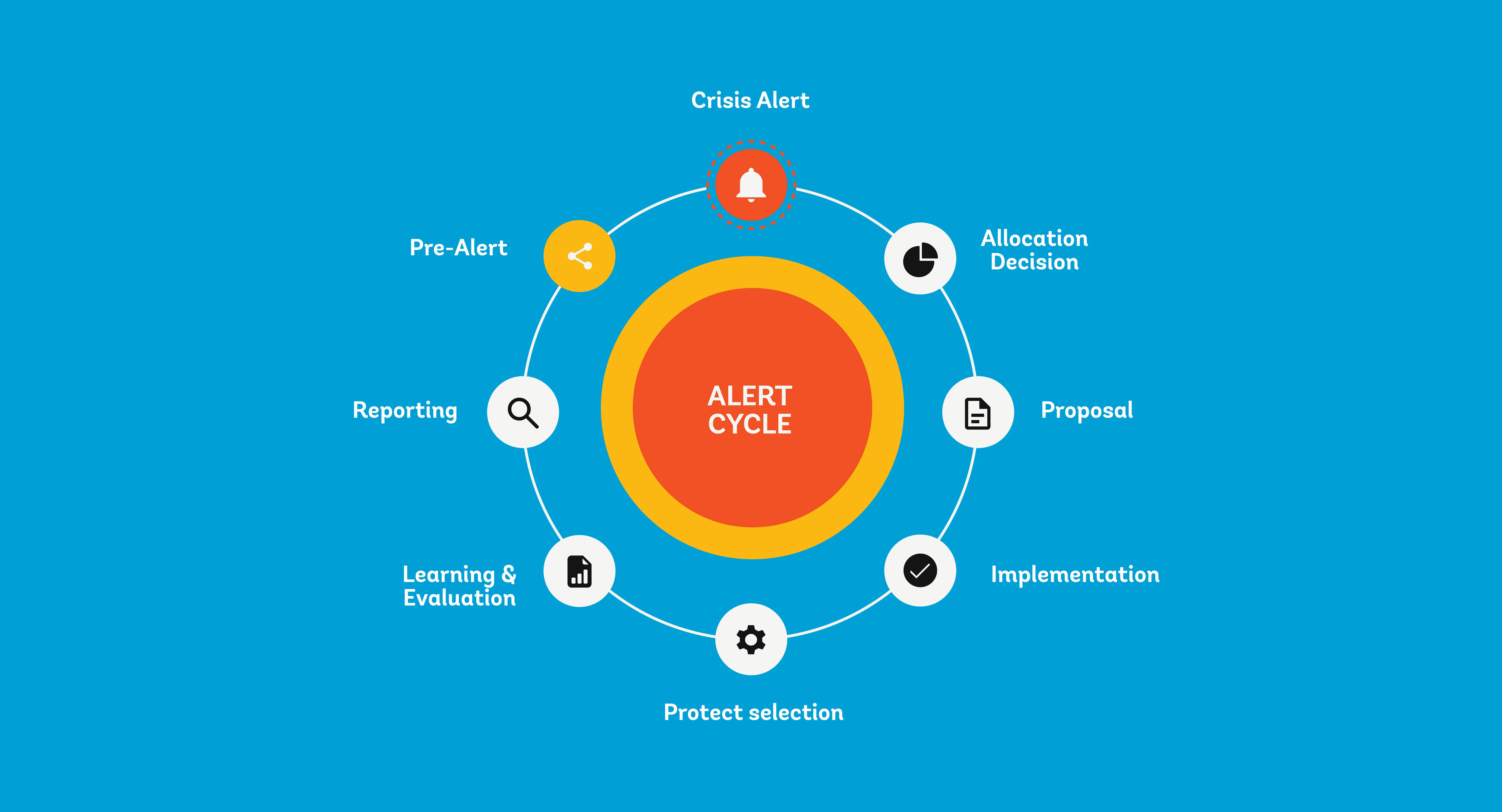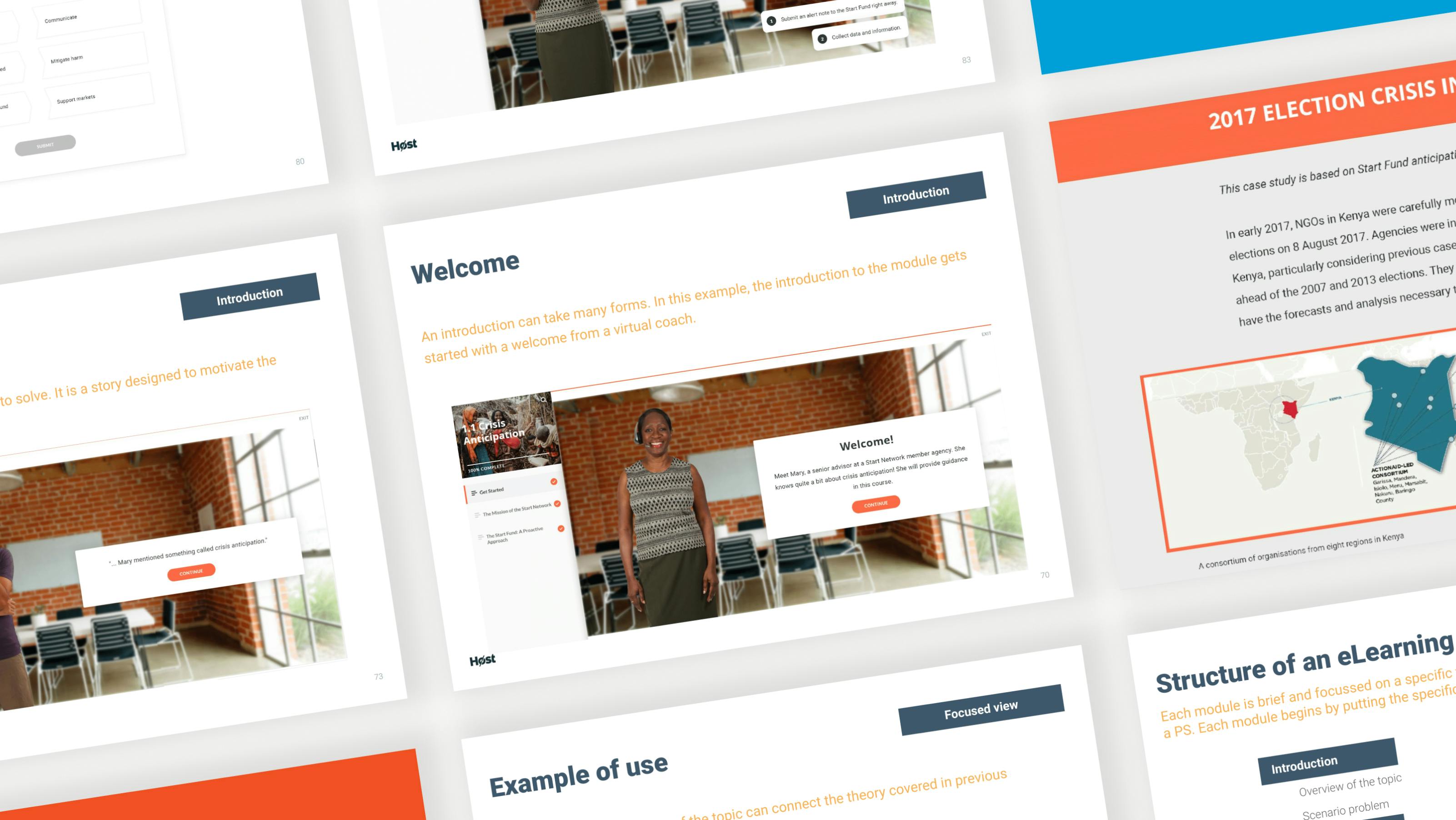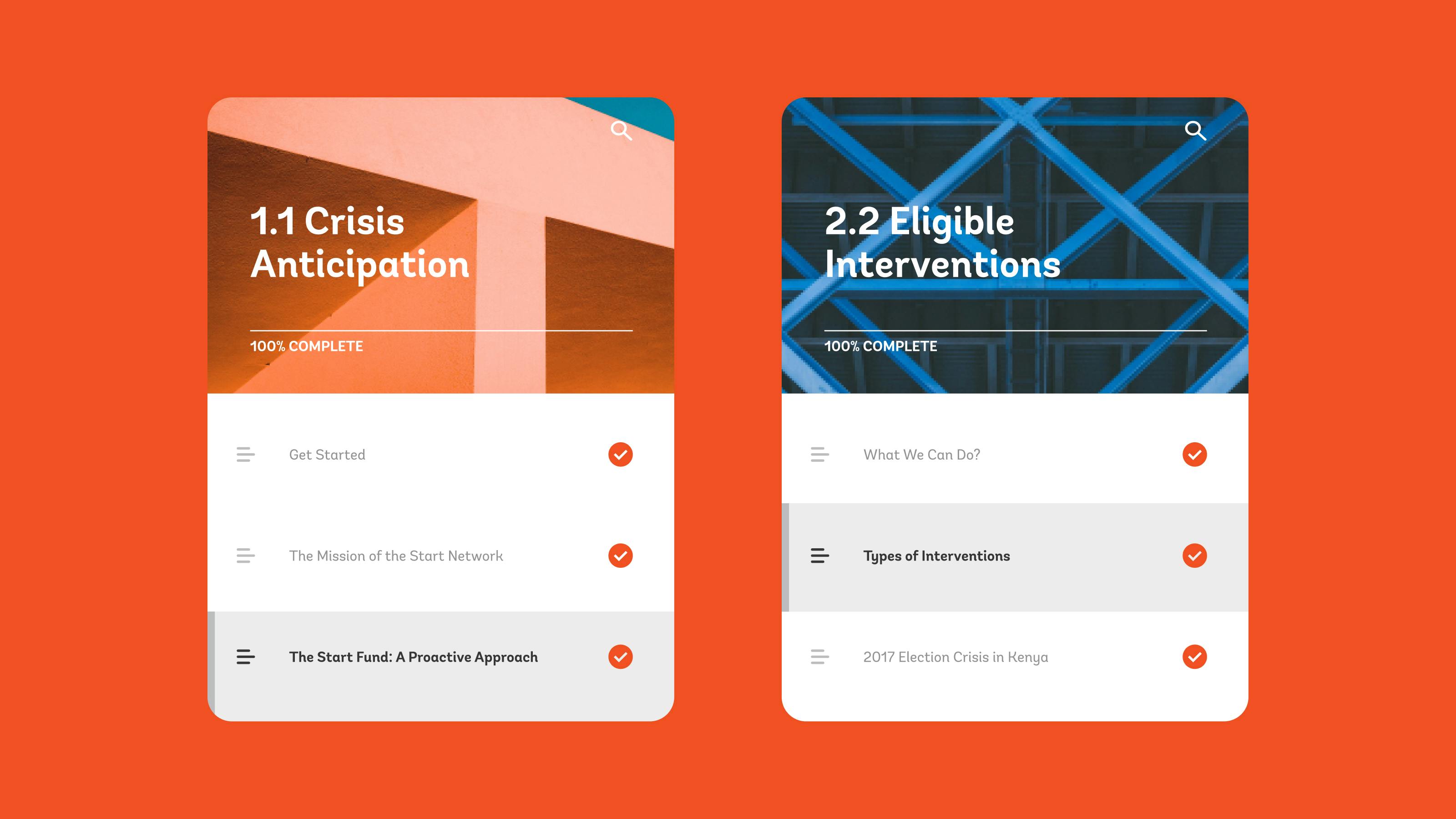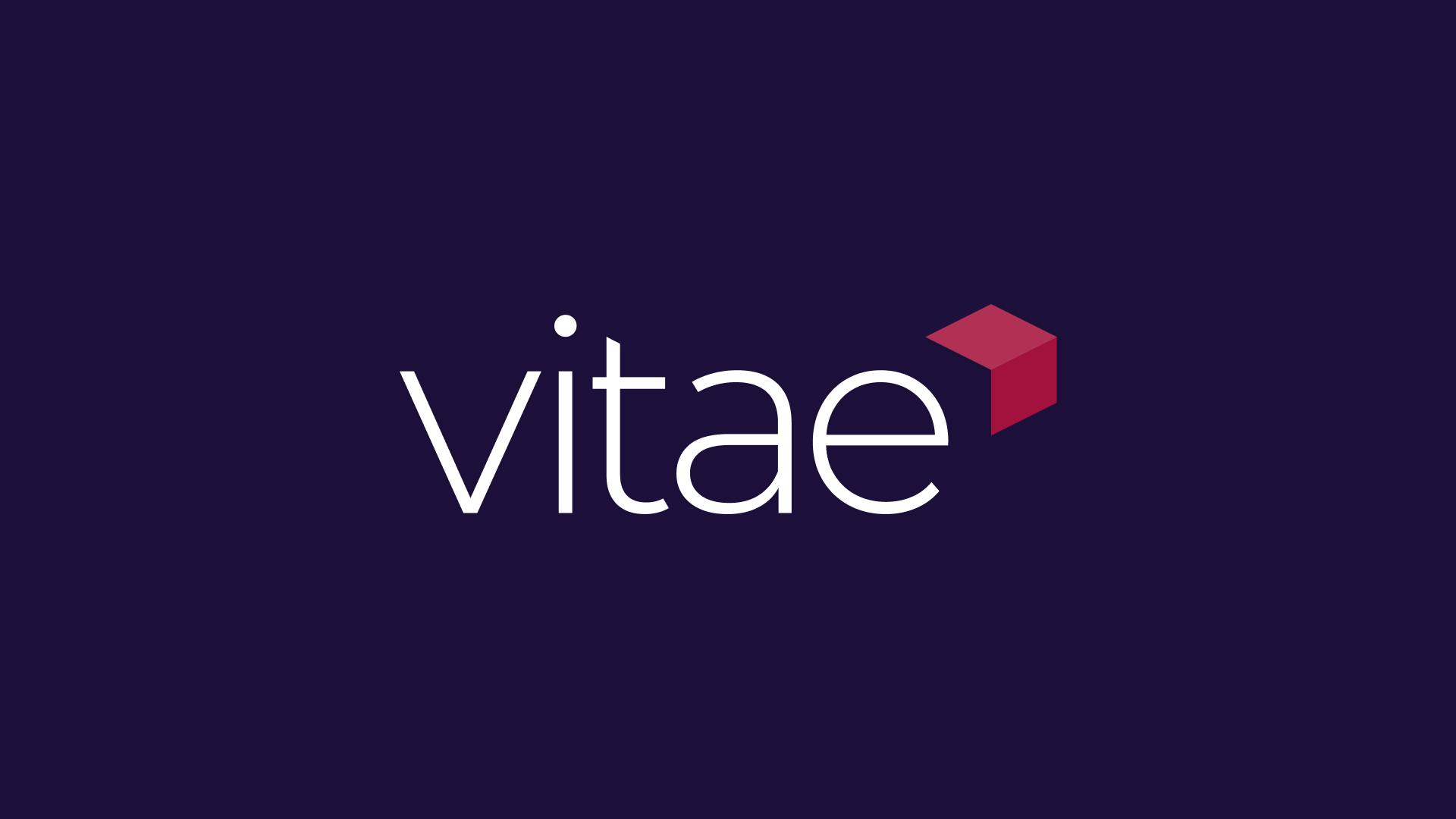How can we support municipalities around the world better address environmental and social issues in their infrastructure projects?
Background
IFC is committed to sustainable development as an integral part of its risk management strategy. As a result, all IFC clients and investment recipients must comply with IFC’s Environmental and Social (E&S) performance standards. However, infrastructure investment recipients oftentimes do not have the resources or experience to comply with them. This leads to delayed investments, operational risks and additional workload for all involved.
To address this, Høst worked with IFC to research, concept, design, and prototype a training facility to support IFC’s municipal partners.
Objectives
Build capacity
Create a replicable process
Position IFC
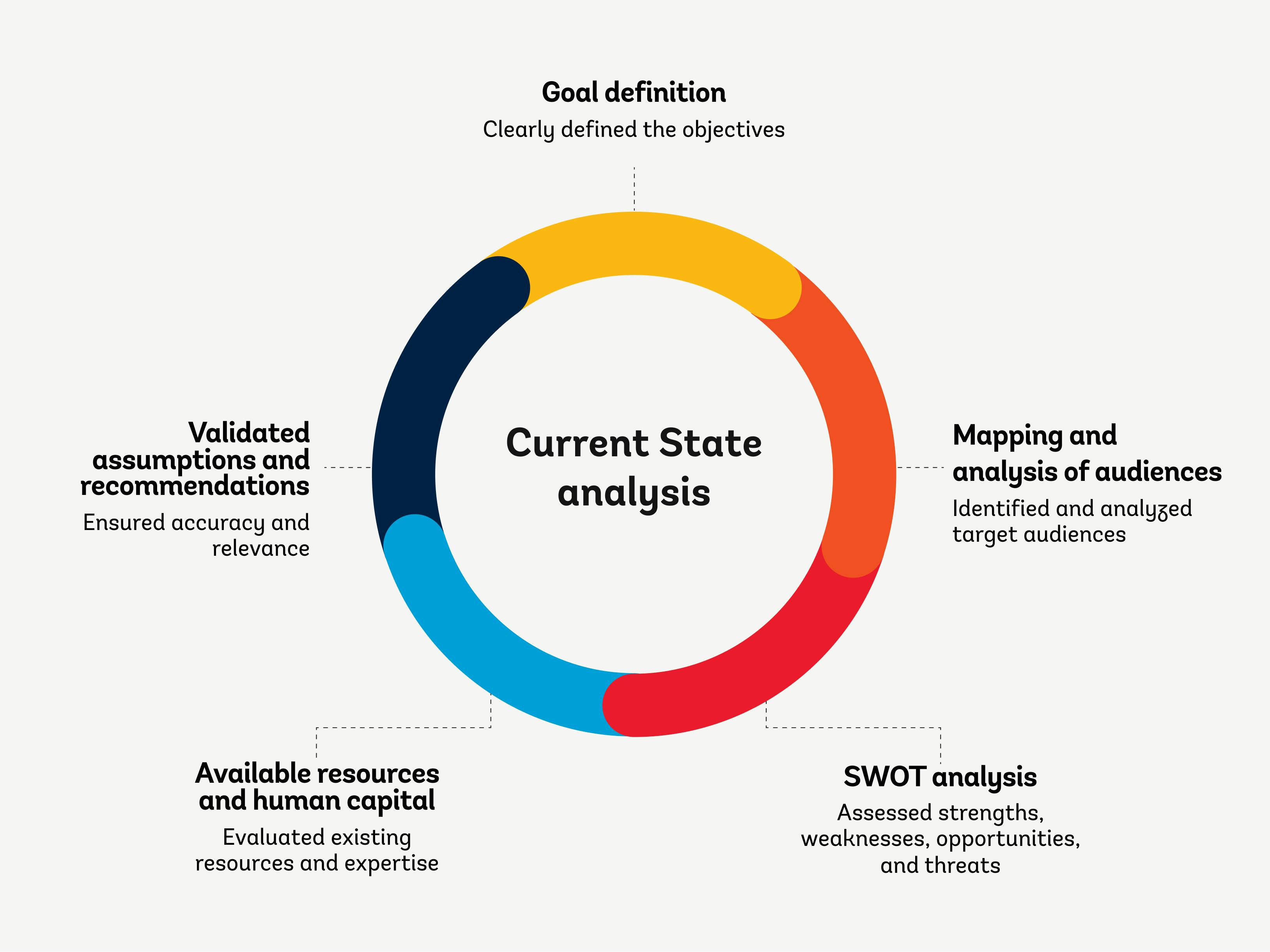
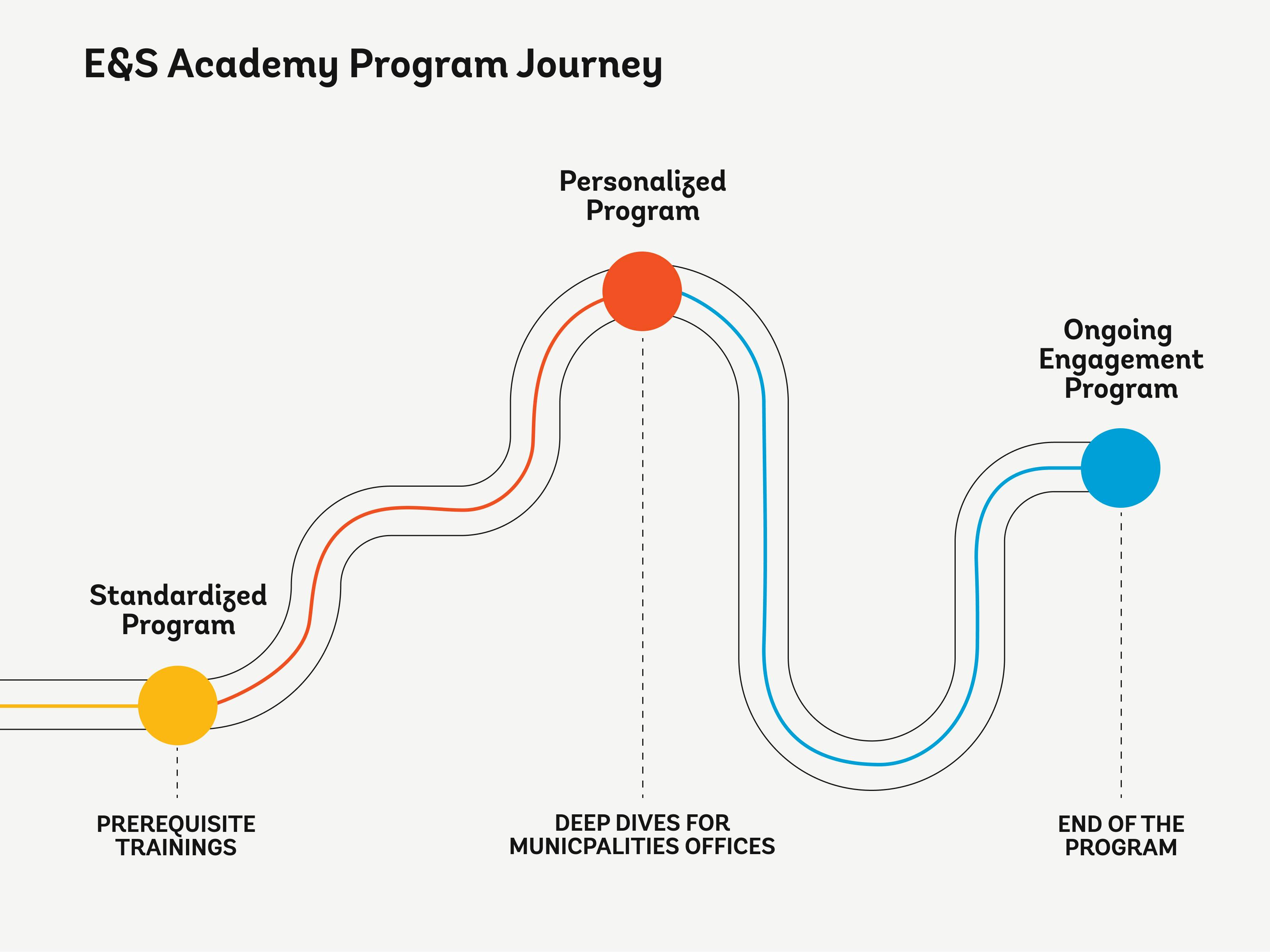
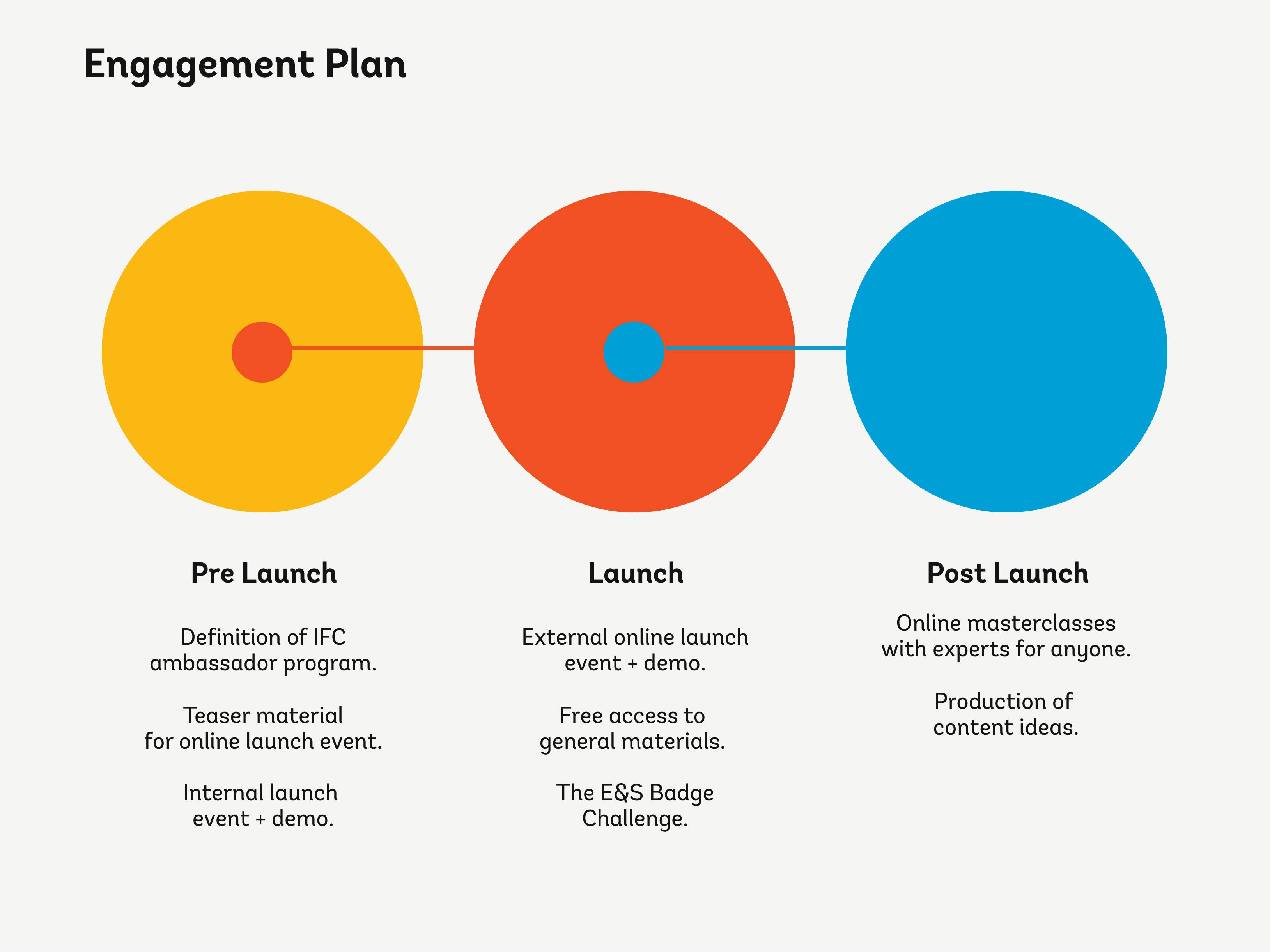
How did we work through the challenge?
Current state analysis
We developed a research plan to understand the current challenges IFC faces when supporting its partners. We conducted interviews with past project leaders, municipal partners who had to report E&S requirements, and municipal partners currently working with IFC. We were able to understand IFC’s expectations and the difficulties municipal partners face to meet them without the proper training. Because of the global nature of IFC’s work, our research plan included regional group discussions to ensure that we accounted for regional differences.
One of the key findings of the research was that since municipal partners did not receive standardized training on IFC’s E&S requirements, projects had a significantly higher risk of being delayed, missing key milestones, and cost overruns.
Once we understood the current state, we were able to identify a list of expectations and challenges that formed the basis of our strategy. We were able to develop a report that included:
- Goal definition
- Audience mapping and analysis
- SWOT analysis
- Assessment of available resources and human capital
- Validation of assumptions and formulation of recommendations
Future state strategy & prototype
Our team conducted workshops that allowed IFC’s team to brainstorm with guidance from our team and identify IFC’s key objectives and aligning them to the needs of municipal partners. Leveraging all of the existing IFC training materials and resources, we developed the strategy to build an E&S Academy. This Academy would build the capacity of municipal partners satisfy IFC E&S requirements for infrastructure projects.
With a globally dispersed team during the COVID pandemic we conducted all workshops online and developed a strategy that emphasized the need for the E&S academy to live online and be guided by the following elements:
- Ideas and best practices sourced from other sectors and educational programs
- Insights derived from hybrid learning initiatives
- Comprehensive content analysis of existing learning resources
Based on the workshop outputs, we developed a set of recommendations that formed the basis for the creation of the E&S Academy. They encompassed the following key aspects:
- Identification of the most suitable learning modalities for Municipal Officers
- Formulation of a hybrid learning strategy, along with curated content recommendations
- Creation of a prototype learning experience by an experienced Instructional Designer
- Thorough technology analysis and corresponding recommendations
- Development of an implementation plan and budget, serving as a guide for the pilot and launch phases
Because of the innovative nature of the Academy, we identified that this was an excellent opportunity to position IFC as a supportive investment partner for municipalities all over the world. In addition to the prototype and strategy of the program, we developed a communications plan to attract prospective learners to the program.
What were the outcomes?
The future state report laid out a comprehensive and consolidated roadmap for building and promoting the E&S Academy that was accepted by IFC.
After our recommendations were accepted, IFC proceeded to design additional learning content and pilot the E&S Academy in specific regions.
